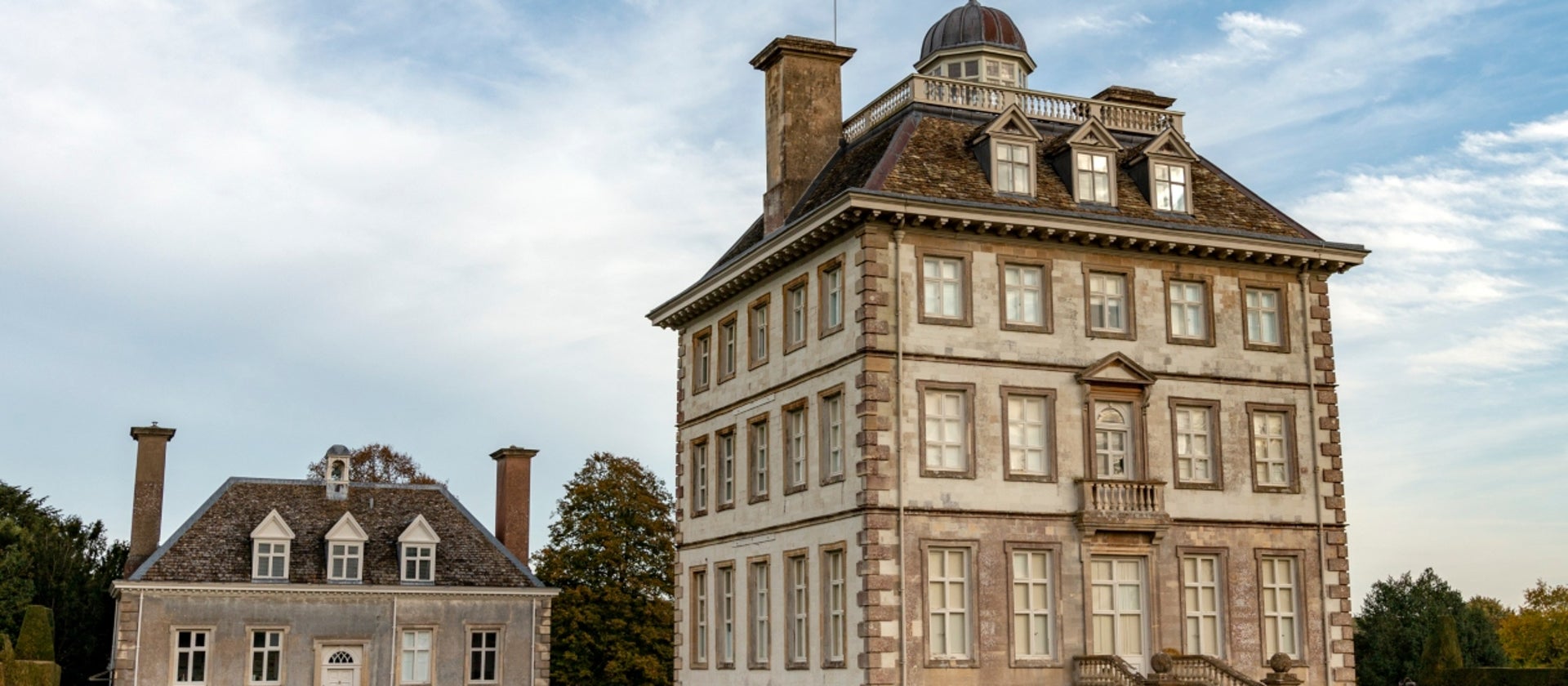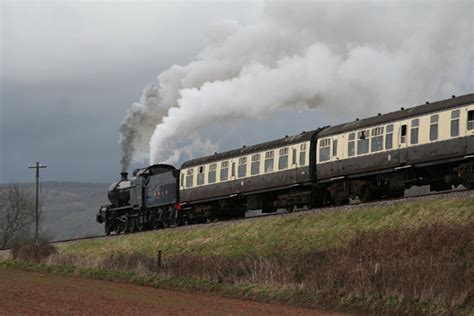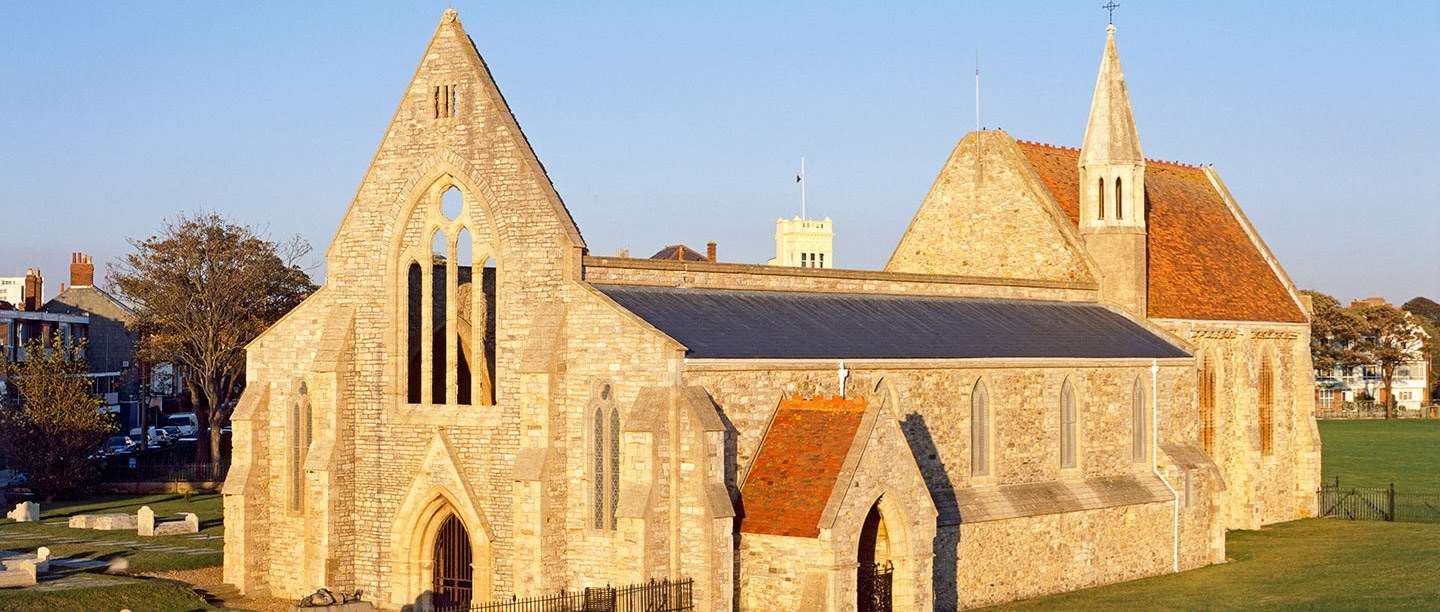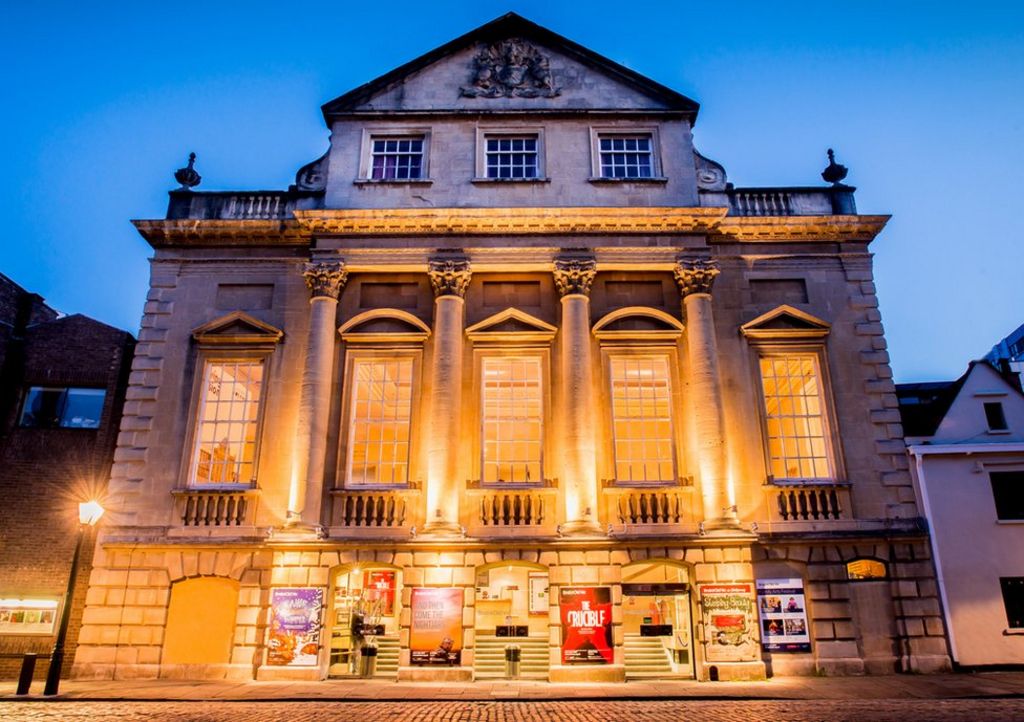Ashdown House, on the Berkshire Downs, in some ways represents the very heart of Wessex. Centuries before the house was built, the surrounding area was pretty much all that was left of the ancient kingdom of the West Saxons. A victory led by King Ethelred I and his brother Alfred, soon to succeed him as king, led to a change in fortunes, but that is a subject for another article.
The present-day Ashdown House was built in 1662 for William, 1st Earl of Craven. He had donated substantially to the royalist cause during the English civil war, though he himself did not fight, being safely ensconced in The Hague. There, he met King Frederick and Queen Elizabeth of Bohemia, who were in exile following Frederick’s defeat at the Battle of the White Mountain. Craven married Elizabeth following Frederick’s death in 1632, Craven provided financial support to Elizabeth, and they are rumoured to have married in secret, though there is no proof of this. Regardless, she came to live in his house in Drury Lane, London. Worried by the great plague in London, he built her a country house in the Dutch style at Ashdown. Unfortunately, she died before it was completed, bequeathing him many of her possessions, which can be seen at Ashdown House to this day.
The house is now owned by the National Trust. The surrounding gardens and woodlands are open all year round, while guided tours of the house are available on Wednesday and Saturday afternoons. Advance booking for these is essential. The postcode is RG17 8RE, and West Berks Connect bus number 47, Swindon to Lambourn, stops right outside.





